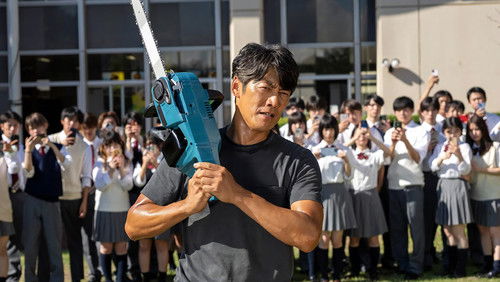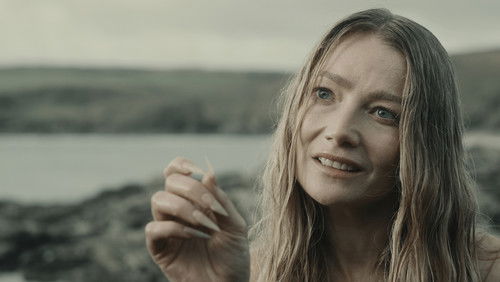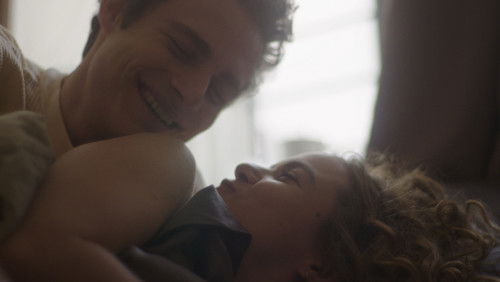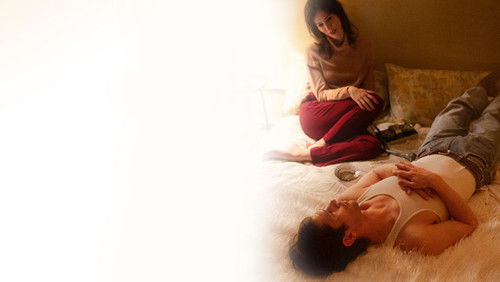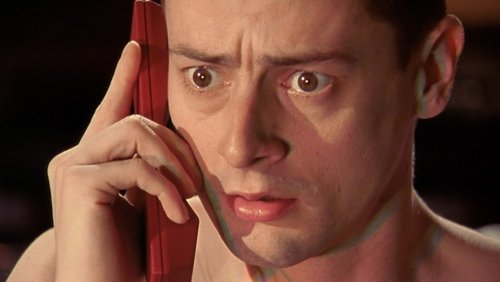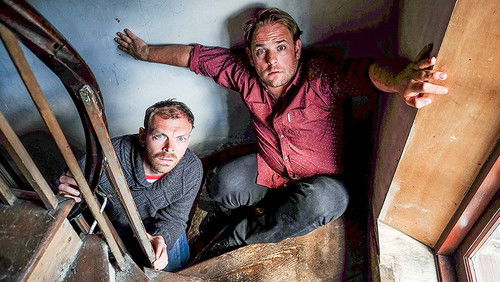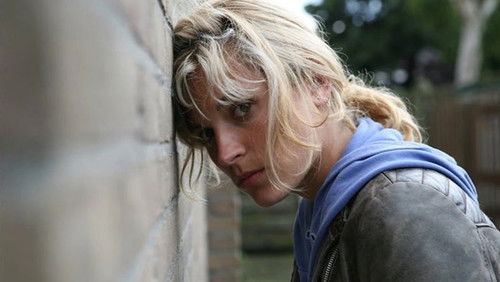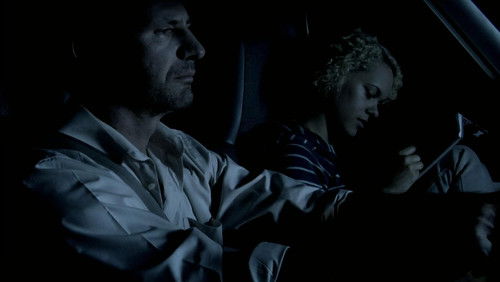Das Haus in der 92. Straße (1945)
30KDas Haus in der 92. Straße: Directed by Henry Hathaway. With William Eythe, Lloyd Nolan, Signe Hasso, Gene Lockhart. Bill Dietrich becomes a double agent for the F.B.I. in a Nazi spy ring.
“It really IS a classic of the genre, but the problem is that the genre itself is so dated as not to be taken seriously anymore. That happens to genres. Would you watch a Western in which the good guy wears a white hat and the bad guy wears a black hat and one u0026quot;calls the other outu0026quot; and they have a mano-a-mano shootout in the middle of the dusty street and the good guy wins and gets the girl? I mean, thatu0026#39;s asking a lot of a modern audience.u003cbr/u003eu003cbr/u003eThis film was one of a series of semi-documentaries that came out with the end of the war. Often, as here, Henry Hathaway was the director and the stentorian baritone Reed Hadley was the narrator. I canu0026#39;t vouch for the historical accuracy of the plot, although regardless of the facts Iu0026#39;m sure J. Edgar Hoover was tickled pink when he saw it. Hoover, President-for-Life of the FBI, was a media savvy character. Early in his career he had a skilled partner in Melvin Purvis, the guy who tracked down Dillinger. Such rivalry was not to be tolerated. Purvisu0026#39;s part in the affair, in fact his whole persona, was purged like Akhenatenu0026#39;s until Hoover became the hero. Purvis quit in disgust. Hoover refused to cooperate with Warneru0026#39;s u0026quot;G-Menu0026quot; because Jimmy Cagney patronized a saloon, but he gave the FBIu0026#39;s all to this film because the FBI was morally upright and flawless.u003cbr/u003eu003cbr/u003eOne scene was of particular interest. A real Nazi spy insists on testing the American counterspyu0026#39;s radio set to see if it can actually reach Hamburg. It doesnu0026#39;t. It transmits directly to a nearby FBI station which then relays the information to Germany, in a slightly altered form. The FBI operator hears the Nazi calling. He looks up and says, u0026quot;That isnu0026#39;t Bill. I know his fist.u0026quot; A u0026quot;fistu0026quot; is the particular style that an individual operator uses in sending Morse code. Itu0026#39;s about as distinctive as his handwriting. I was a radio operator for a few years in the Coast Guard and had a great fist. Most of the other men at my station set their keys to automatic u0026quot;fastu0026quot; so they could sound hot. Only they overreached and wound up sounding jagged and making a lot of errors. I set mine to u0026quot;slowu0026quot; and developed a fist that was easy to read and pleasing to listen to in its rhythmic splendor. Two radiomen from a ship visited the station in dress blues one afternoon and asked who u0026quot;LLu0026quot; was — my sign-off letters. They came over to my console and one said, u0026quot;We just wanted to tell you that itu0026#39;s a pleasure to copy you.u0026quot; The two men shook my hand, the three of us blushed, and they made a hurried exit, because real men donu0026#39;t say things like that to one another.u003cbr/u003eu003cbr/u003eI dislike boasts but there are so few things I do well. Oh, yes, the movie. Alas,the conventions of the genre demand that the Nazis be evil in every respect. Worse than that, theyu0026#39;re rude. When the American counterspy is introduced to them, they donu0026#39;t even greet him, they just scowl. None of them is in love, none of them has a home, none has a dog or a cat or collects stamps. They sacrifice one another for the cause at the drop of a solecism and — well, you get the picture. Compare the Nazi spies in Hitchcocku0026#39;s u0026quot;Notorious.u0026quot;u003cbr/u003eu003cbr/u003eThe conventions doom the characters as human beings. Loyd Nolan and Signe Hasso are the most watchable, but all of the performances are colorless. Even the hero is dull, despite the danger he often finds himself in.u003cbr/u003eu003cbr/u003eItu0026#39;s still an interesting and exciting flick, once you adapt to its weaknesses. Fascinating to see the way in which two-way mirrors are presented as the high-tech novelty they were at the time. And the pre-computer FBIu0026#39;s fingerprint storage — u0026quot;Five THOUSAND fingerprints on file!u0026quot;, Hadley announces proudly.u003cbr/u003eu003cbr/u003eItu0026#39;s worth catching if it is convenient.”
